After sales services of kiosk touch screen
Our commitment to after sales services includes:
- Warranty: Comprehensive coverage for parts and labor.
Technical Support: 24/7 hotline and remote troubleshooting.
| |
How to buy kiosk touch screen from us step by step
1.Define Your Needs: Determine the kiosk’s purpose (e.g., information, ticketing, self-service) and the environment where it will be used (indoor or outdoor). Identify necessary features and specifications such as screen size, touch technology, and peripherals.
2.Research and Compare Vendors: Look for reputable manufacturers or suppliers with a track record of delivering high-quality kiosks. Compare their products, customization options, and customer reviews. Ensure they offer the hardware and software solutions you require.
3.Request Proposals and Quotes: Contact selected vendors to request detailed proposals and quotes based on your requirements. Ask about customization options, pricing, and total cost of ownership, including installation, maintenance, and support.
4.Evaluate Software and Integration: Review the software that will run on the kiosk. Ensure it meets your business needs, supports necessary applications, and integrates smoothly with your existing systems (CRM, ERP, POS). Verify the software’s flexibility and user interface customization options.
5.Assess Security Features: Ensure the kiosk includes robust security features to protect user data and transactions. Look for data encryption, secure payment processing, and user authentication options.
6.Review Support and Warranty: Check the manufacturer’s support services, including installation assistance, technical support, and warranty terms. Confirm that they offer reliable customer service and have a good reputation for addressing issues promptly.
7.Place Your Order: Once you’ve selected a vendor, finalize the purchase by placing your order. Ensure all specifications, customizations, and service agreements are clearly documented.
8.Installation and Training: Coordinate with the vendor for installation and ensure the kiosk is set up correctly. Arrange for staff training on how to use and maintain the kiosk effectively.

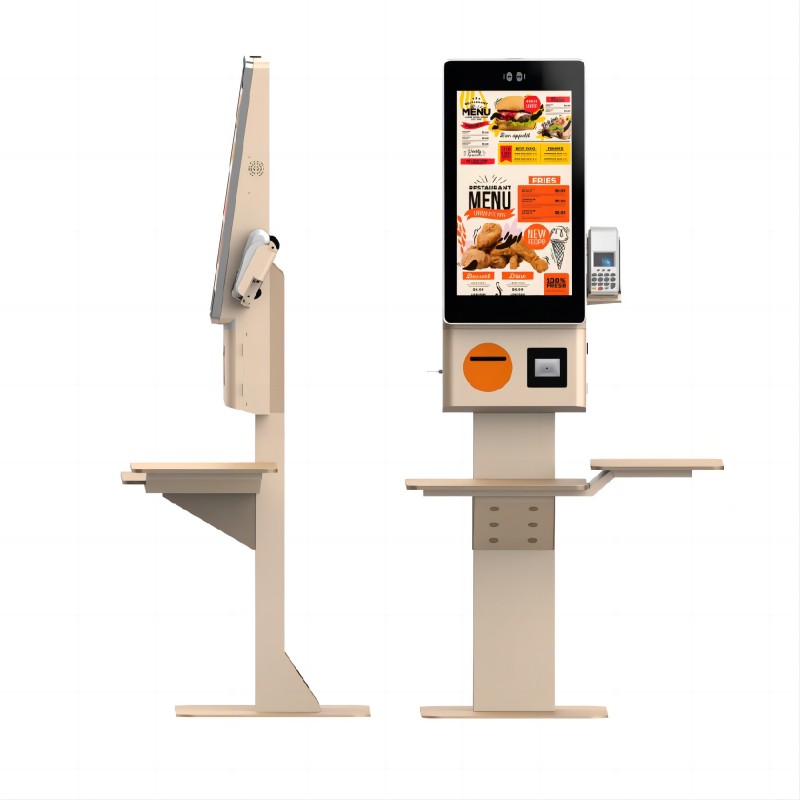
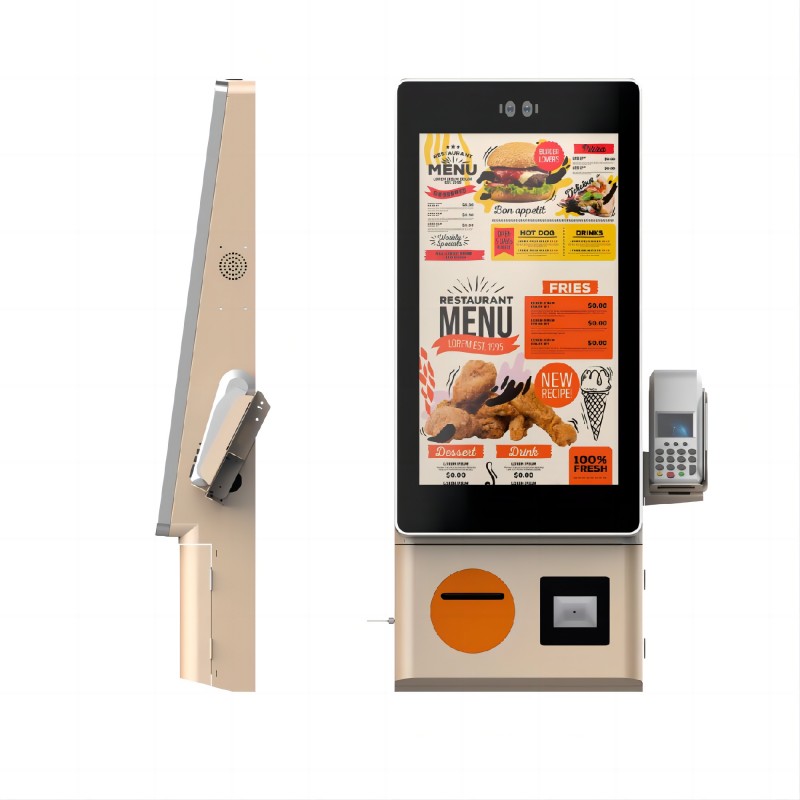
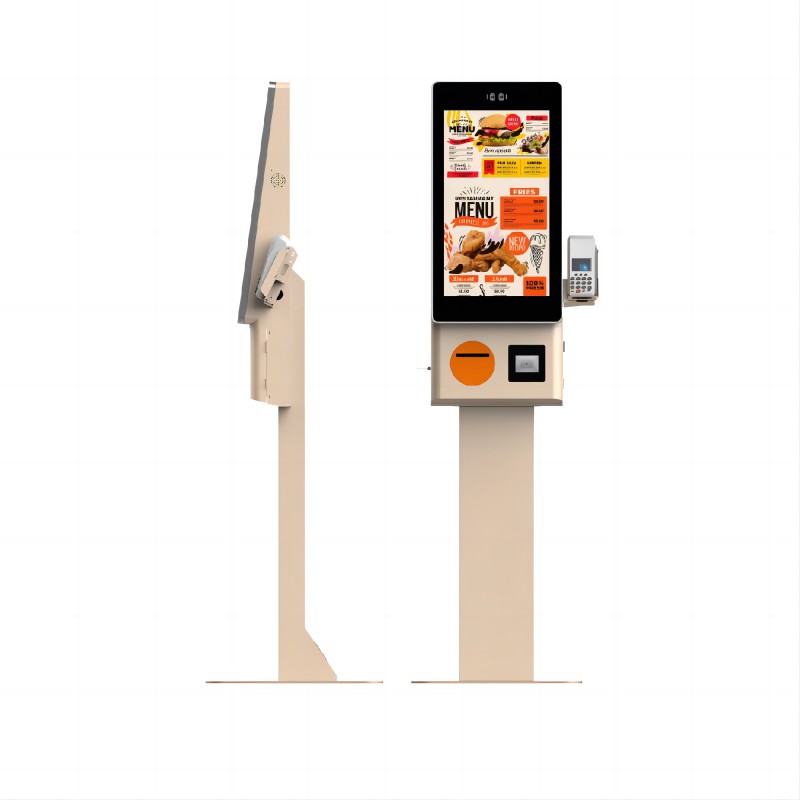
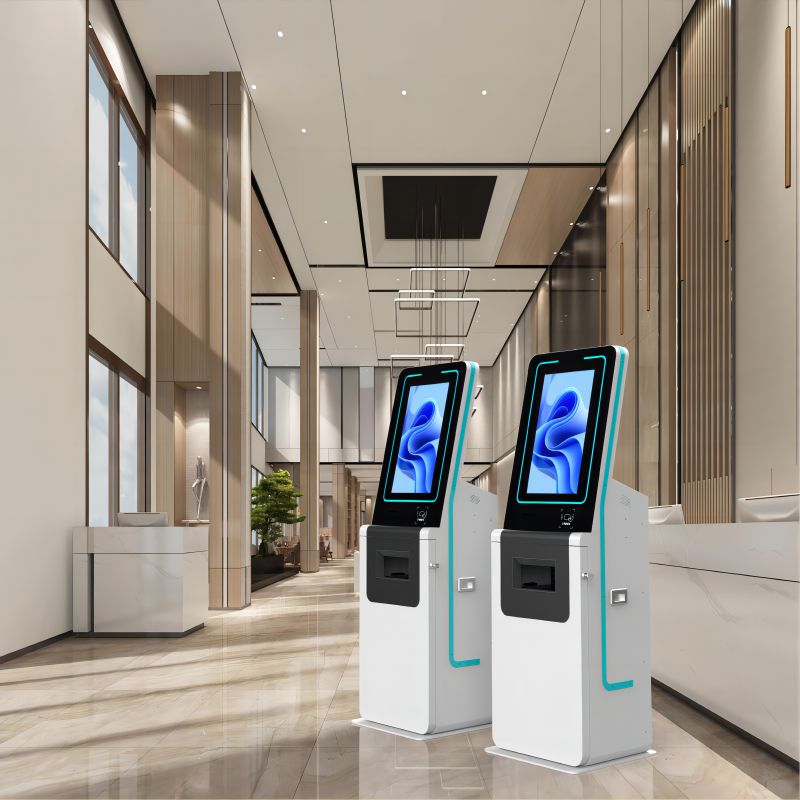
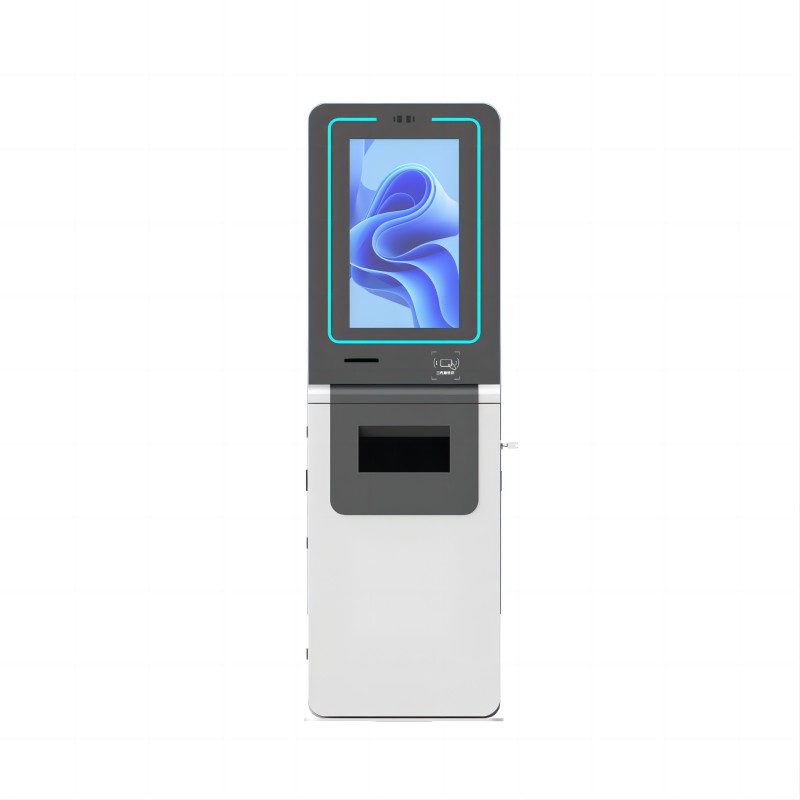

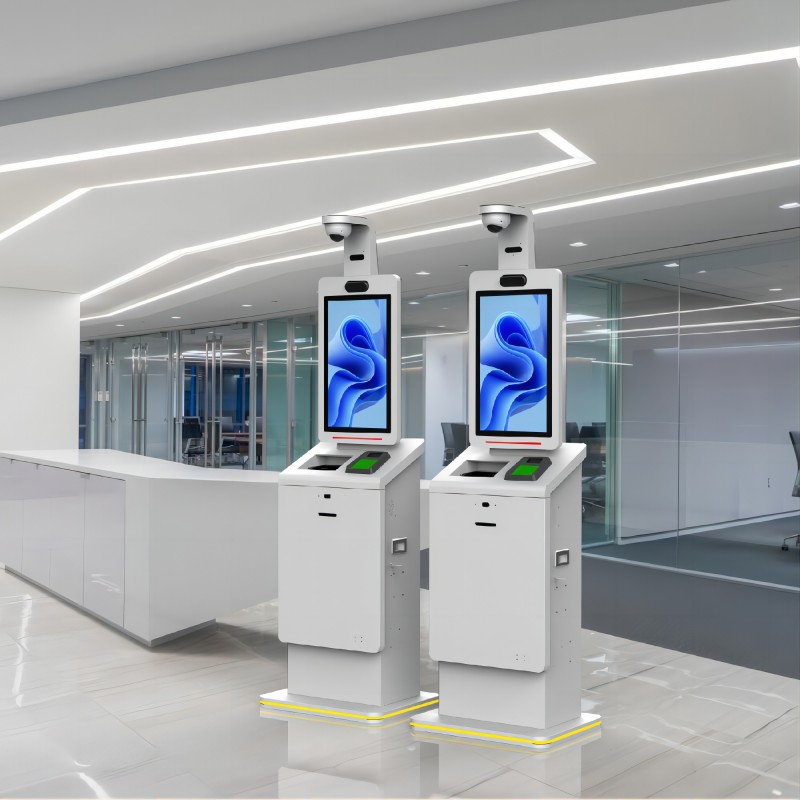
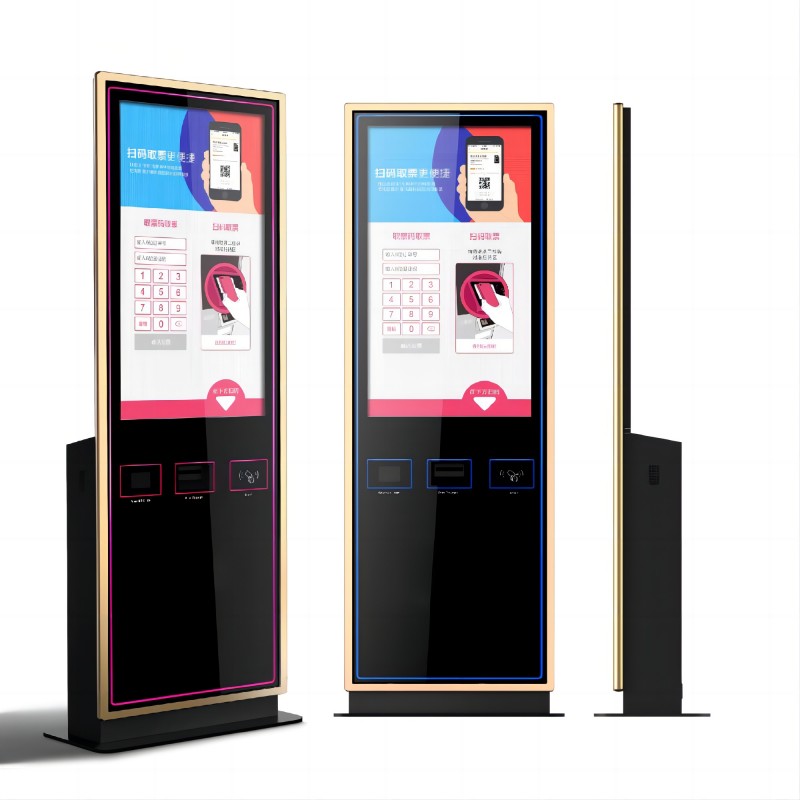
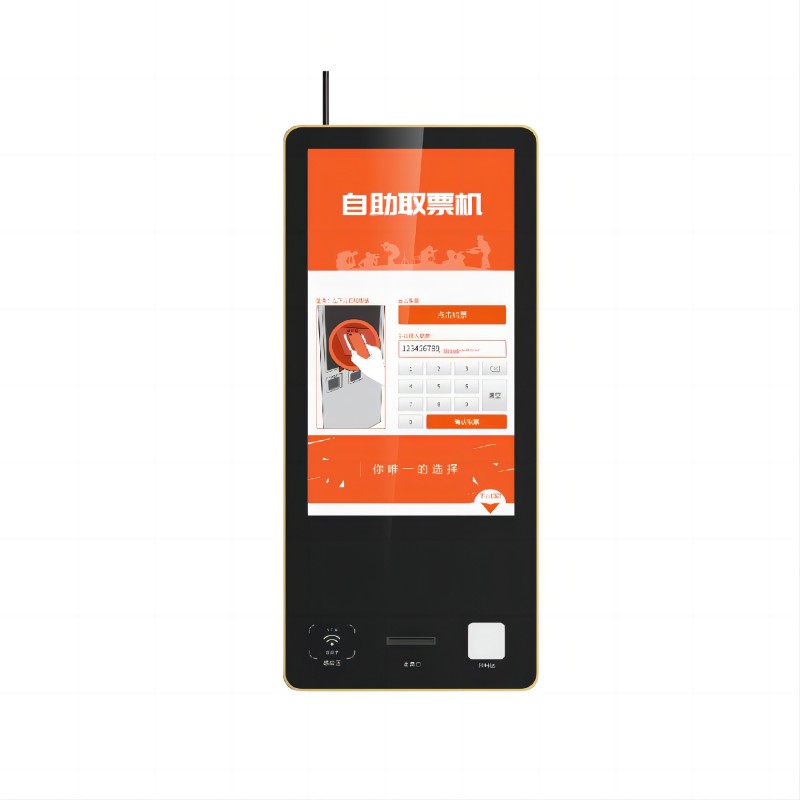
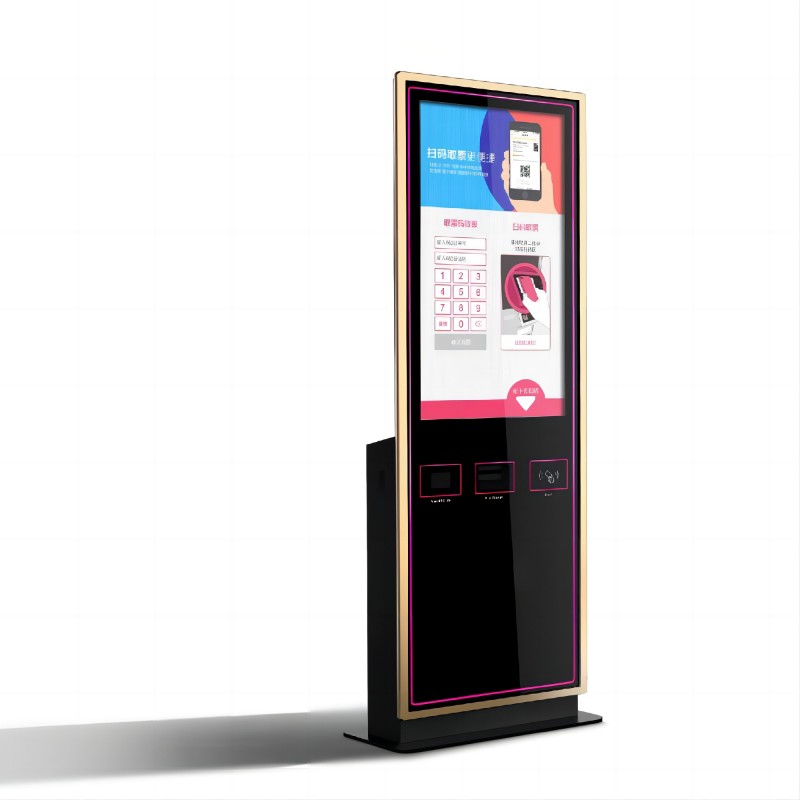
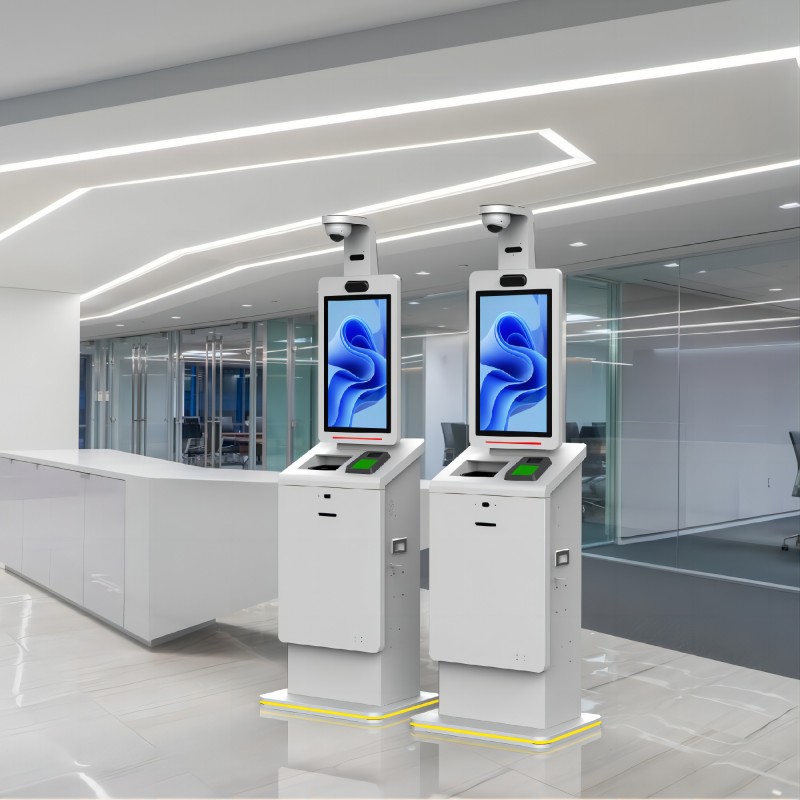
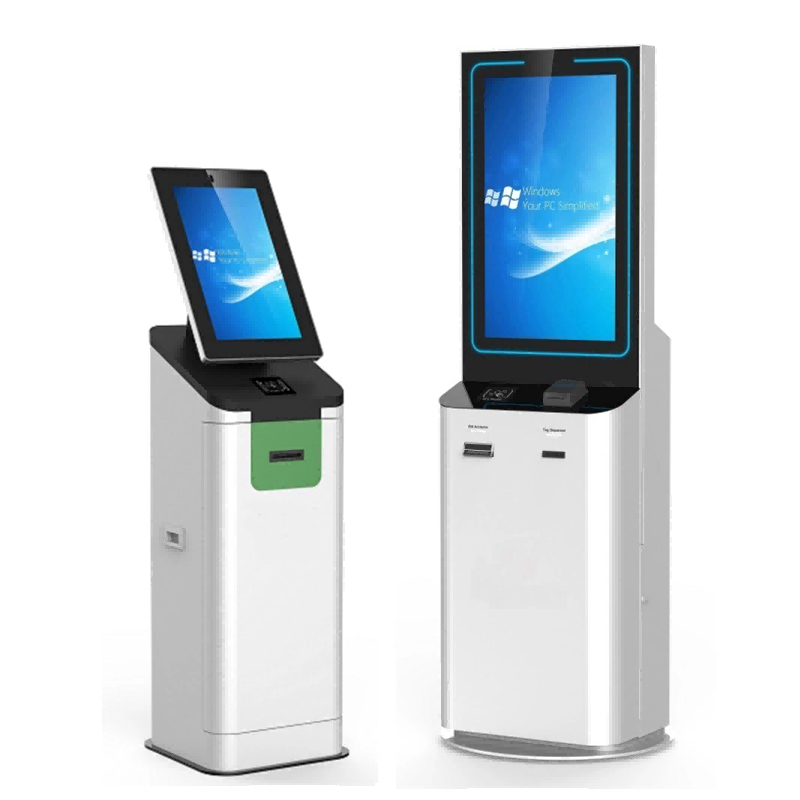
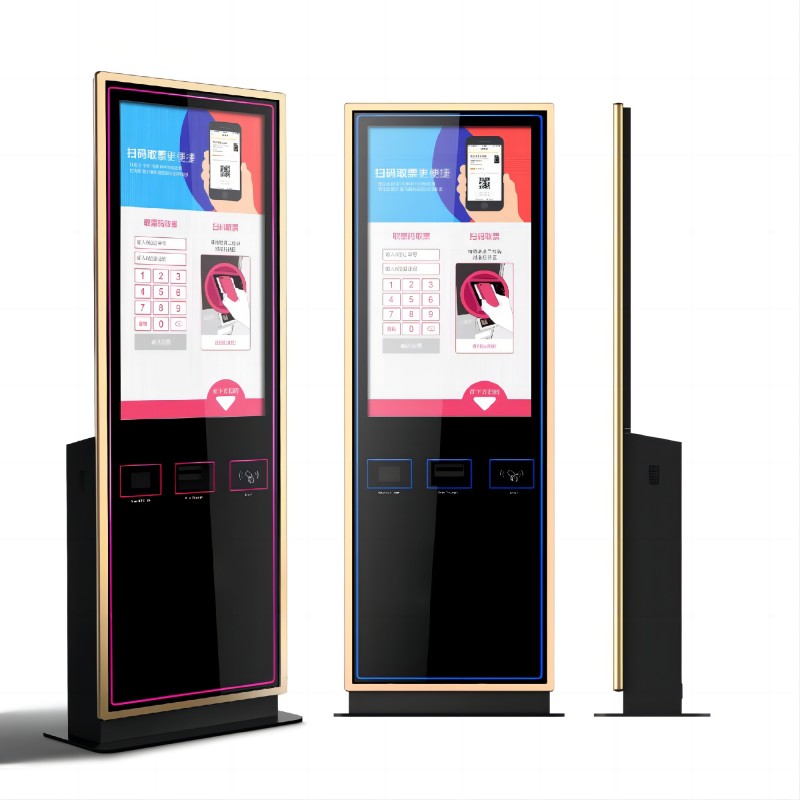
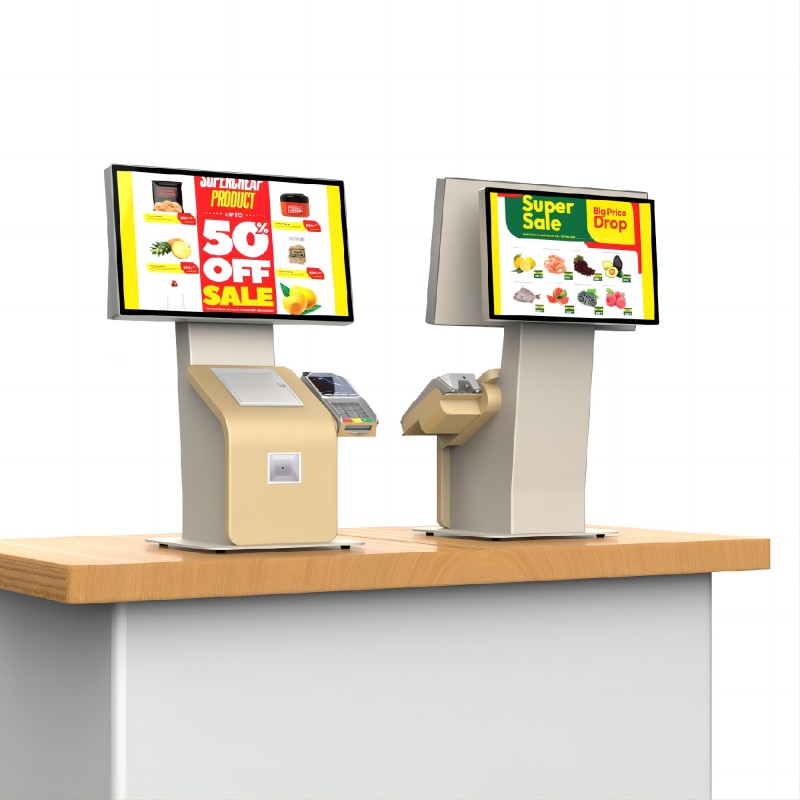
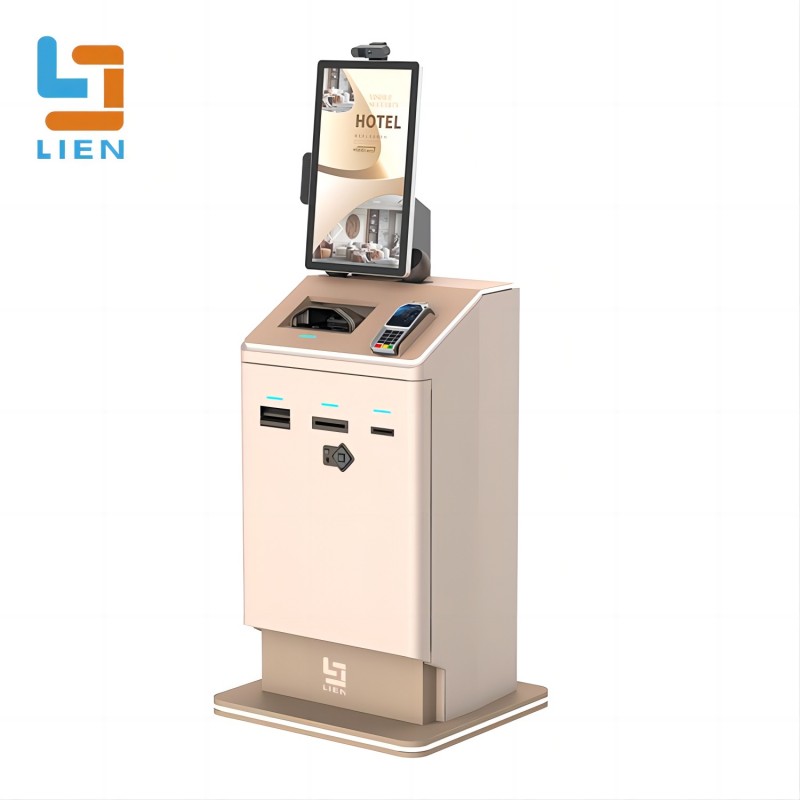
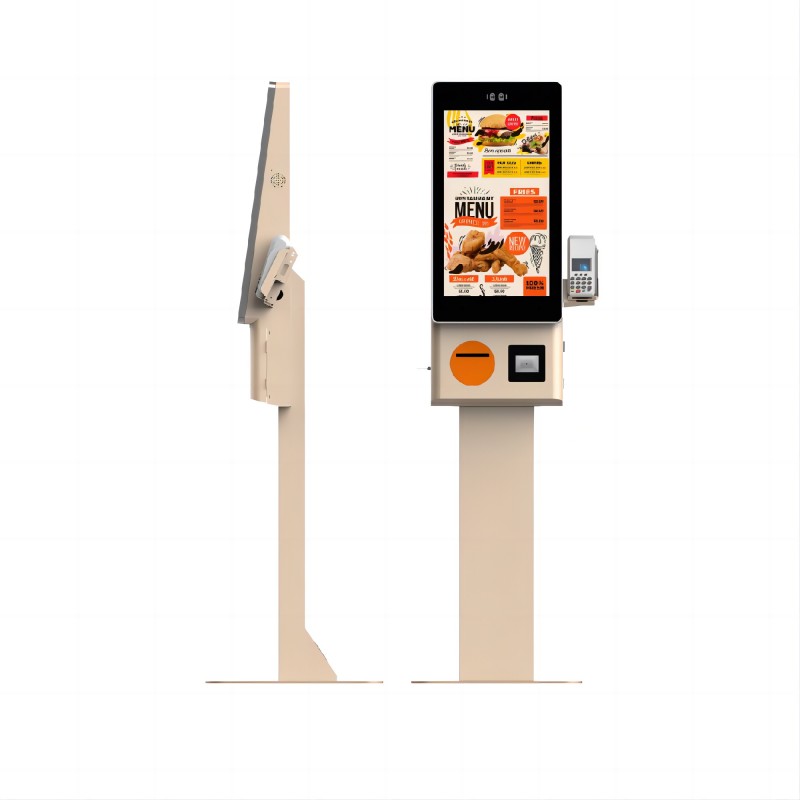
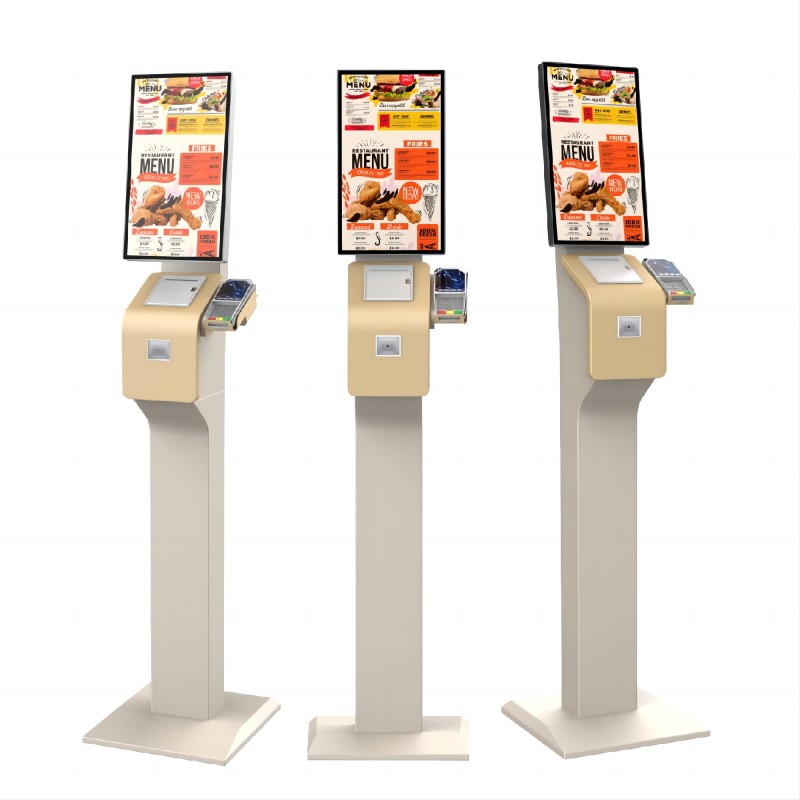
What did our happy clients say?
The kiosk touch screen's robust build ensures it withstands heavy usage in our busy environment. Extremely satisfied with the durability and reliability. Thank you for a great product!
The customizable software of kiosk touch screen allowed us to tailor the interface perfectly to our needs, enhancing operational efficiency. Very happy with the purchase. Thanks for the excellent service!
The responsive and precise touch screen has significantly improved user interaction. The advanced technology truly stands out. Thanks for delivering such a fantastic kiosk touch screen product!
The vendor's customer service and technical support of the kiosk touch screen we bought were exceptional, making the entire process smooth. We appreciate the ongoing assistance. Thank you for the great experience!